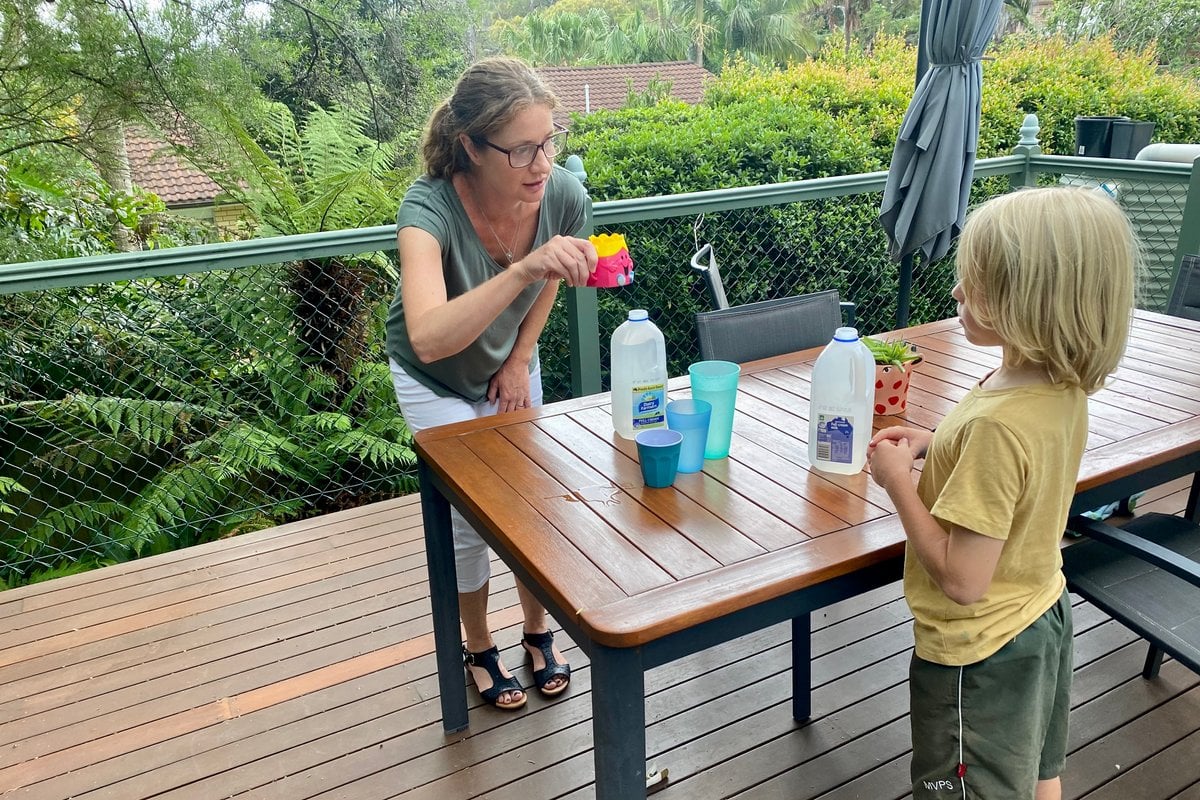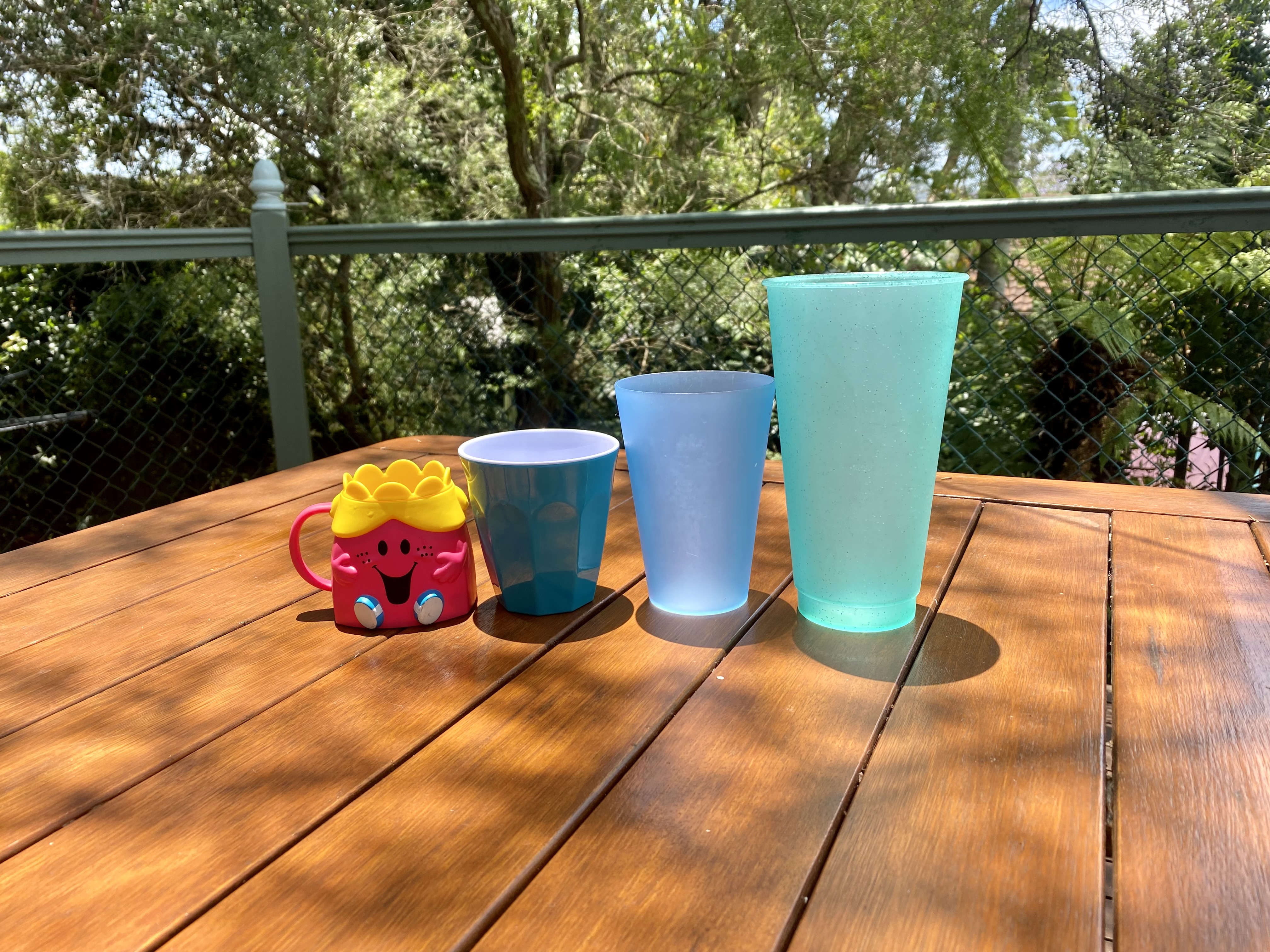
One of the most common social problems in primary-aged kids just got a lot easier to solve. All you need is four cups.
Lately we're being bombarded by non-stop play. It's like the kids in our street think our yard is the local park. While this is lovely and gets them off screens, climbing trees with their mates and jumping on the trampoline instead, it's made me aware of a friendship drama. The, "I don't want to play with you anymore" one. Common amongst this age group.
Sure, there can be lots of reasons why a kid says this to another. Like maybe they want to be the leader for a change or to play something else. But, as I've recently discovered, it can also be because they're a little 'peopled out'.
Just like when us adults bail on after work drinks because we've had enough chatter for the day, kids also crave social downtime.
Watch: Parenting 101. Post continues below.
I've seen this lately when my eight-year-old wanders off to his room to be alone, only to be followed by a kid who doesn't get the hint, or my neurodivergent 10-year-old has an angry outburst because he feels overwhelmed by the noise and chaos.

 Image: Supplied.
Image: Supplied.